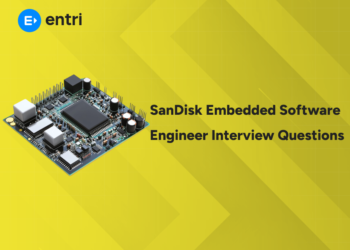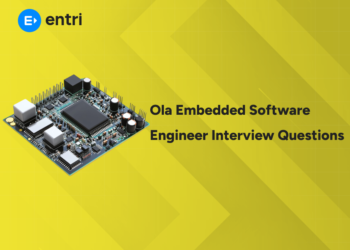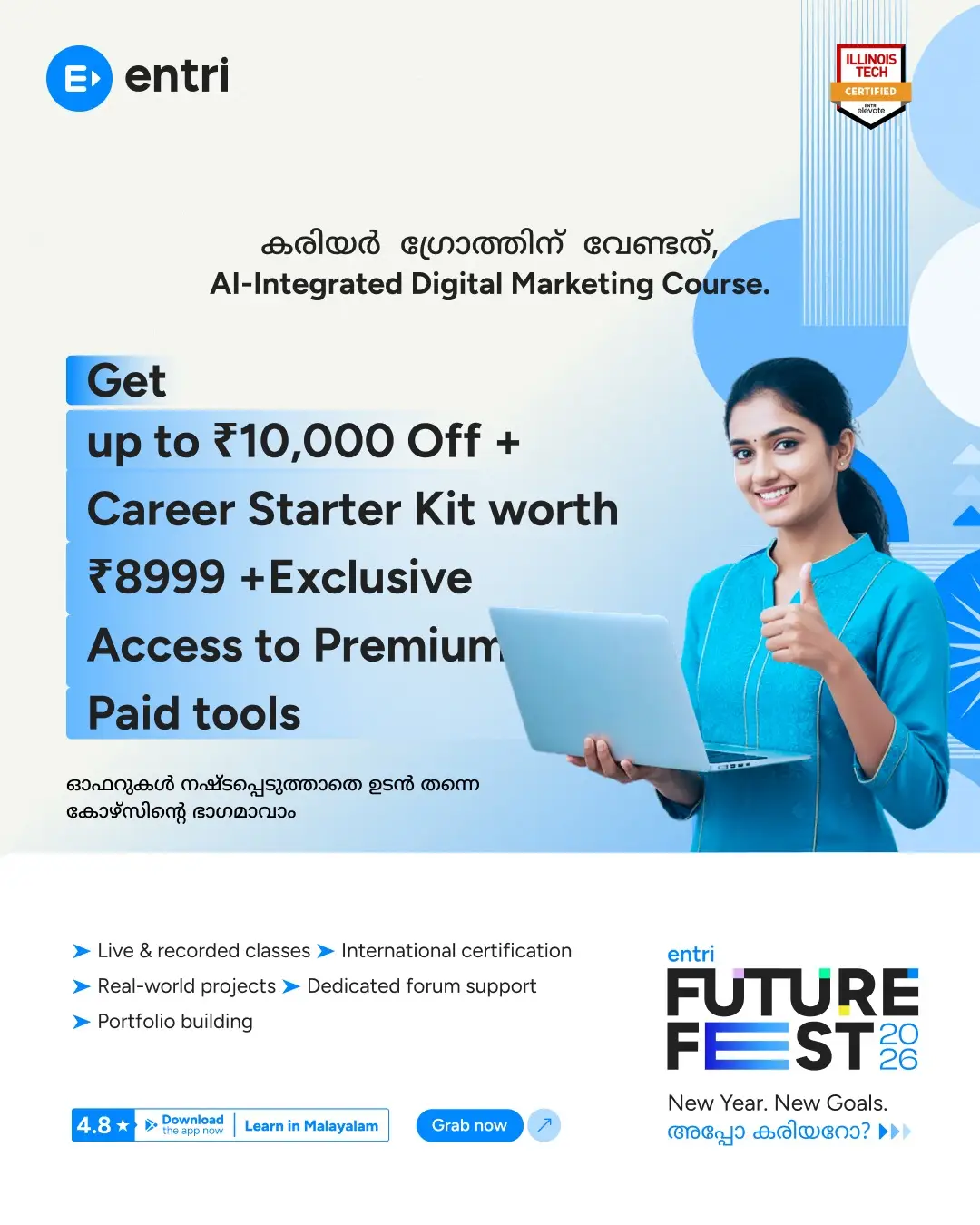Table of Contents
Key Takeaways
- Learn the major AI functionalities now available: creative generation, bidding & targeting automation, new search experiences, analytics & insights.
- See how these features translate to practical campaigns, including what you can do locally in India or Kerala.
- Discover the skills you need to make the most of these AI tools, and how to position yourself for roles using them.
Introduction
1: What is the primary goal of SEO (Search Engine Optimization)?
Digital advertising has entered a bold new era. With billions of searches, hundreds of millions of ads, and ever‑higher expectations from marketers, manual processes alone just don’t cut it anymore. That’s where AI steps in, especially inside Google Ads.
If you’re a beginner, a working professional wanting to upskill, or a digital‑marketing aspirant in India (and regions such as Kerala), then knowing which AI features in Google Ads matter, how to leverage them, and how to present yourself as someone who can use them is a game‑changer.
In this blog post, we’ll explore the AI‑powered features within Google Ads, break down how they work, how they matter in the Indian context, and what you should do to harness them. We’ll also show how Entri’s AI‑Powered Digital Marketing Course helps you develop the right skills and mindset for this changing landscape.
Join Our Online Digital Marketing Course & Learn the Fundamentals!
Become an AI-powered Digital Marketing Expert
Master AI-Driven Digital Marketing: Learn Core Skills and Tools to Lead the Industry!
Explore CourseWhy AI Features in Google Ads Matter Right Now
1. Rapid evolution of ad ecosystems
Google is continuously introducing AI features into its advertising platform to optimize performance, creative, targeting, and measurement. For instance, Google states that their “AI‑powered advertising and marketing solutions” help you find new customers, unlock performance, and scale.
Moreover, new announcements (e.g., in 2024) emphasise generative AI tools, more insights and more controls for campaigns.
2. More value with less manual work
For businesses and marketers in India, including smaller firms, using AI tools means fewer manual adjustments and more time for strategic thinking. For example: “automatically created assets”, smarter bidding and targeting, and new campaign types.
3. New local opportunities
In regional markets like Kerala, India, many businesses are still scaling digital ads. If you understand and can use AI features in Google Ads, you’ll stand out: you’ll be able to offer “smarter” ad execution, better ROI and deeper insights skills much in demand.
4. Future‑proofing your marketing role
As ad platforms become more automated, the marketer’s role shifts from “set it and forget it” to “guide the machine, interpret insights, refine strategy”. Building up experience with AI features now positions you for future roles.
Key AI Features in Google Ads
Let’s dive into some of the major AI‑powered features you should know. Each has implications for how you run campaigns and how you present your skills.
1. AI‑Enhanced Search Campaigns & Responsive Ads
One of the core features: responsive search ads in Google Ads adapt dynamically using multiple headlines & descriptions, and letting Google’s AI select which combination to show. According to Google: advertisers who improved their Ad Strength (from “Poor” to “Excellent”) saw ~12% more conversions on average. Google Help
Also: the “AI Max for Search campaigns” suite is designed to bring advanced targeting + creative enhancements. For example, brands using AI Max saw ~14% more conversions or conversion value at a similar cost; some saw ~27% uplift.
What this means for you:
- When setting up campaigns, ensure you feed in plenty of assets (headlines/descriptions) so the AI has options.
- Monitor the “Ad Strength” metric and aim to move it into “Good”/“Excellent”.
- Be open to mixing traditional exact‑match keywords and letting broader matches plus AI discover new queries.
- For local/regional Indian campaigns: ensure you include language, culture cues (e.g., Malayalam keywords if relevant) so the AI has richer context.
2. Campaign Automation + Smart Bidding + Broad Match
Google Ads uses AI to handle bidding strategies (Target CPA, Max Conversions, Target ROAS), placements, and even match types like broad match. For instance: Google’s help documentation explains that the AI combines ad products so you can create ads that adapt to show more relevant messages and optimise bids/placements accordingly.
Business resources say: once the campaign is set up, Google AI optimises bidding, budget, ad placements, and creative to deliver value.
What this means for you:
- You’ll want to become comfortable with smart bidding strategies: decide what your goal is (sales? leads?) and set the right target.
- Use broad match keywords in combination with smart bidding and AI plus monitor search terms to prune negatives.
- In Indian context: budget‑sensitive campaigns (e.g., for local MSMEs) can benefit from smart bidding to avoid overspending.
- Your role becomes: define goals, monitor results, interpret AI changes rather than manually tweak bids every day.
3. Generative Creative & Automatically Created Assets
Google is stepping up generative AI for ad creatives. Example: Google Blog states that new tools help generate titles, imagery, video ads, backgrounds, etc.
WordStream also lists “automatically created assets” as a key feature: the system uses landing page + existing ads to generate headlines/descriptions, with multilingual support and soon generative AI in more markets.
What this means for you:
- Instead of spending high budgets designing every creative, you can leverage these tools to generate multiple versions quickly.
- For local/regional markets: include cultural/language variants (for example: Malayalam + English) so the AI has richer input.
- But: creative still matters AI suggestions are strong, but you must review, select & test them.
- In your portfolio: you can highlight how you used “automatically created assets” or generative tools to increase asset variety and improve results.
4. New Search / Discovery Formats & AI Overviews
Google’s Search ecosystem is changing ads are appearing within “AI Overviews” and other AI‑powered surfaces. For example: Ads within AI Overviews were spotted in desktop search.
Google’s support page on AI Essentials mentions “Agentic capabilities” and new targeting/creative capabilities.
What this means for you:
- As search evolves, staying up‑to‑date with new formats matters: e.g., people using voice search, conversational search, generative search.
- For local Indian audience: think about how your business could show up in such newer surfaces.
- When you talk to hiring managers: mention awareness of “non‑traditional” search ad formats and AI‑driven discovery.
5. Insights, Analytics & Performance Reporting
AI in Google Ads doesn’t just run things it also provides deeper insights. For example: Google’s announcements include “more insights and more controls for AI‑powered campaigns”.
Business resources mention that AI optimises placements, creative and more, based on signals and performance data.
What this means for you:
- Being able to interpret AI‑driven insights (not just read metrics) becomes crucial.
- Use the data to refine campaign structure, pause under‑performing assets, scale winning ones.
- For Indian/local campaigns: gather data about regional user behaviour, time zones, languages and feed this into your campaign optimisation.
- Your resume should highlight that you “translated AI‑driven insights into campaign improvements”.
How to Apply These Features
Here are actionable steps you can take in your campaigns (or as a job‑applicant demonstrating readiness) within India or Kerala specifically.
1: Choose the right campaign type
- If you’re promoting a local business in Kerala (say Cochin/Kakkanad region), start with a Search campaign with responsive search ads and smart bidding.
- Include Malayalam + English keywords hybrid to capture regional users.
- Consider using the “AI Max for Search campaigns” feature as Google suggests: this helps reach new queries and uses AI‑driven assets. For example: “Even if you had only exact‑match before, AI Max can expand your reach.”
2: Leverage automated bidding & targeting
- Set a clear goal: e.g., “Get 20 leads per month at cost per lead (CPL) ≤ ₹500”.
- Use Target CPA/Max Conversions.
- Use broad keywords + smart bidding rather than only exact match let AI discover new search terms.
- Monitor search terms report: identify regional language queries, add negatives for irrelevant terms.
3: Use AI‑driven creative
- Upload multiple headlines and descriptions for responsive search ads. Work to move Ad Strength towards “Excellent”.
- If applicable (e‑commerce, display), use Google’s generative tools to create multiple visuals/videos: e.g., product in regional setting, lifestyle shot relevant to Indian audience.
- Test variations: e.g., “Buy Malayalam books online – Free shipping Kerala” vs “Discover best deals Kerala – Shop now”. Let AI serve best version.
4: Monitor & optimise using AI insights
- Use Google Ads’ reporting and insights to identify under‑performing assets. Pause or refine them.
- Use geographical signals: e.g., users in Kochi vs users in rural Kerala may behave differently adjust bidding accordingly.
- Adapt creative and messaging based on performance: if regional language variants perform better, scale them.
- Keep cycle short: run small test for 7‑14 days, review, adjust, scale winners.
5: Show your skill set to employers or clients
- Highlight that you used “AI Tools in Google Ads” to improve performance (e.g., “Used automatically created assets to generate 20+ ad variations; improved Ad Strength to Excellent; achieved 15% better conversion rate”).
- Mention local/regional relevance: “Optimised for Malayalam + English keywords, regional behaviour in Kerala market”.
- Demonstrate ability to interpret AI insights: “Analysed performance trends, paused under‑performing assets, re‑allocated budget using smart bidding”.
Become an AI-powered Digital Marketing Expert
Master AI-Driven Digital Marketing: Learn Core Skills and Tools to Lead the Industry!
Explore CourseHow the Entri AI‑Powered Digital Marketing Course Aligns with this Shift
If you’re looking to build or upgrade your digital marketing skill‑set with a focus on modern ad platforms and AI capabilities, then the Entri AI‑Powered Digital Marketing Course is very relevant. Here’s how it aligns with what we’ve discussed:
- The course covers paid search & display advertising, social media, analytics and strategy not just execution. This breadth is important because mastering Google Ads in isolation is useful but stronger when you understand the full ecosystem.
- It emphasises practical skills: creating campaigns, analysing results, interpreting performance skills you need to work effectively with Google Ads’ AI features (e.g., smart bidding, asset creation, insights).
- For the Indian/Kerala market, the local relevance is a plus: many global courses ignore regional language, culture or local business context; this course helps you apply your skills locally.
- With AI becoming central in ad platforms, your ability to “work with AI tools” rather than only manually run ads is a differentiator and that mindset is embedded in the course.
- After completing such a course, you’ll be equipped to say: “I know how to run Google Ads+ environment, including use of AI features, asset generation, smart bidding and insight‑driven optimisation” which positions you well for job roles and freelance opportunities.
In short: If you want to be more than just a “Google Ads operator” and become a “smart Google Ads strategist” for the modern era, this course is a good fit.
Pitfalls to Avoid & Best Practices
Here are common mistakes marketers make (especially in markets like India / Kerala) when using AI features in Google Ads and how you can avoid them.
- Mistake: Setting and forgetting
AI features are powerful, but they still need human oversight. Letting campaigns run unchecked may lead to wasted budget.
Tip: Do regular reviews (weekly) of asset performance, search terms, geos, bids. - Mistake: Ignoring regional language/behaviour
Running only English keywords may miss large segments (especially in regional markets).
Tip: Include regional languages (Malayalam, Tamil, etc) and test for performance difference. - Mistake: Over‑reliance on automation without goal clarity
While smart bidding and broad match are helpful, if you don’t define your goal and monitor metrics you may drift off‑target.
Tip: Define clear KPIs (CPL, ROAS, lead count) and monitor them. - Mistake: Using generative assets blindly
AI can create many variations, but if you don’t review/bias for brand voice and local relevance, you may lose authenticity.
Tip: Review generated headlines/creatives, select what aligns with your brand/local context. - Mistake: Neglecting insights and optimisation
Many think once campaign is running the job is done. But optimisation is ongoing especially in AI‑driven systems.
Tip: Use insights, test asset variants, adjust budgets, prune poor performers.
Conclusion
The future of Google Ads is not just about keywords and manual bids, it’s about integrating AI features that automate, optimise, and scale your campaigns. Whether you’re a beginner, working professional, or aspirant in India (including Kerala), mastering these features gives you a competitive edge.
Remember:
- Focus on learning how to set goals, use automation (smart bidding, broad match), feed assets (headlines, descriptions, creatives), interpret AI‑driven insights, and optimise continuously.
- Use local/regional context (language, consumer behaviour) to tailor your campaigns and stand out.
- A course like the Entri AI‑Powered Digital Marketing Course can offer you the structure, knowledge, and local context to build these skills and apply them in the real world.
If you’re ready to upgrade your skill‑set, go from “I know Google Ads” to “I know how to use AI‑enhanced Google Ads strategically”, now is the time. Enrol in the Entri AI‑Powered Digital Marketing Course, practise what you learn, build your portfolio, and step into the modern world of digital advertising.
Frequently Asked Questions
Do I need to be a tech specialist to use AI features in Google Ads?
No. Google Ads UI is built to be user‑friendly. While AI features add complexity, you don’t need to code they are largely managed via campaign settings. What matters is understanding how to feed good inputs (assets, goals), interpret AI output and optimise appropriately.
Does using AI features mean I no longer need to manage campaigns?
Not at all. AI features make many parts easier, but your role becomes more about strategy, oversight, and refinement. You still need to review results, interpret data, adjust assets, and ensure the campaign aligns with business goals.
Will AI features cost more?
Not necessarily more cost, but you’ll want to monitor carefully. AI features may broaden your reach (which can increase spend), so set budget caps and monitor performance. For smaller budgets (typical in local Indian markets), smart bidding + asset automation can help efficiency.
Can I apply this knowledge if I'm based in Kerala (or other regional markets in India)?
Absolutely. In fact, regional markets pose opportunities: many local businesses are still adapting digital ads, and you can stand out by combining technical knowledge (AI‑features) with local context (language, culture, consumer behaviour).
After completing the Entri AI‑Powered Digital Marketing Course, what kind of job roles can I aim for?
Roles include: Digital Marketing Executive, PPC Specialist, Search Ads Analyst, Campaign Manager (especially for Google Ads), Media Buyer, Performance Marketing Associate. With AI feature knowledge, your value to employers increases.
What are the new AI features in Google Ads for 2026?
Google Ads introduced AI-powered tools like Performance Max upgrades, AI Max for Search, Generative Creative, and Smart Bidding improvements to automate campaign setup, targeting, and creative testing.
How does AI improve ad performance in Google Ads?
AI analyses millions of signals in real-time to adjust bids, placements, and creatives automatically. This helps maximise conversions and ROI without constant manual adjustments.
Where can I learn Google Ads AI tools and automation?
You can join Entri’s AI-Powered Digital Marketing Course, which teaches real-world campaign setup, creative testing, AI automation workflows, and analytics, ideal for beginners and professionals.















